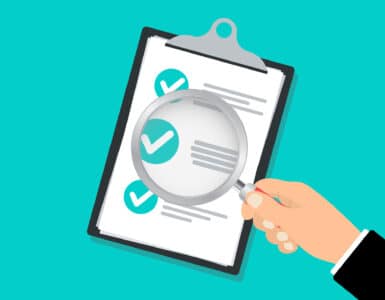The 529 Plan — named after the section of the Internal Revenue Code that lays out the parameters for how these plans work — is a tax-efficient way to save for one of the biggest expenses of your life: College for your kids. Yet, according to a report from Sallie Mae, fewer people are using 529s as part of their funding strategy. The company found that in 2016, 17 percent of families used 529s to pay for some or all of college expenses. That number decreased to just 13 percent last year. Part of the reason for the decline could be a lack of understanding, so to help clear some things up, here’s the 411 on 529s.






